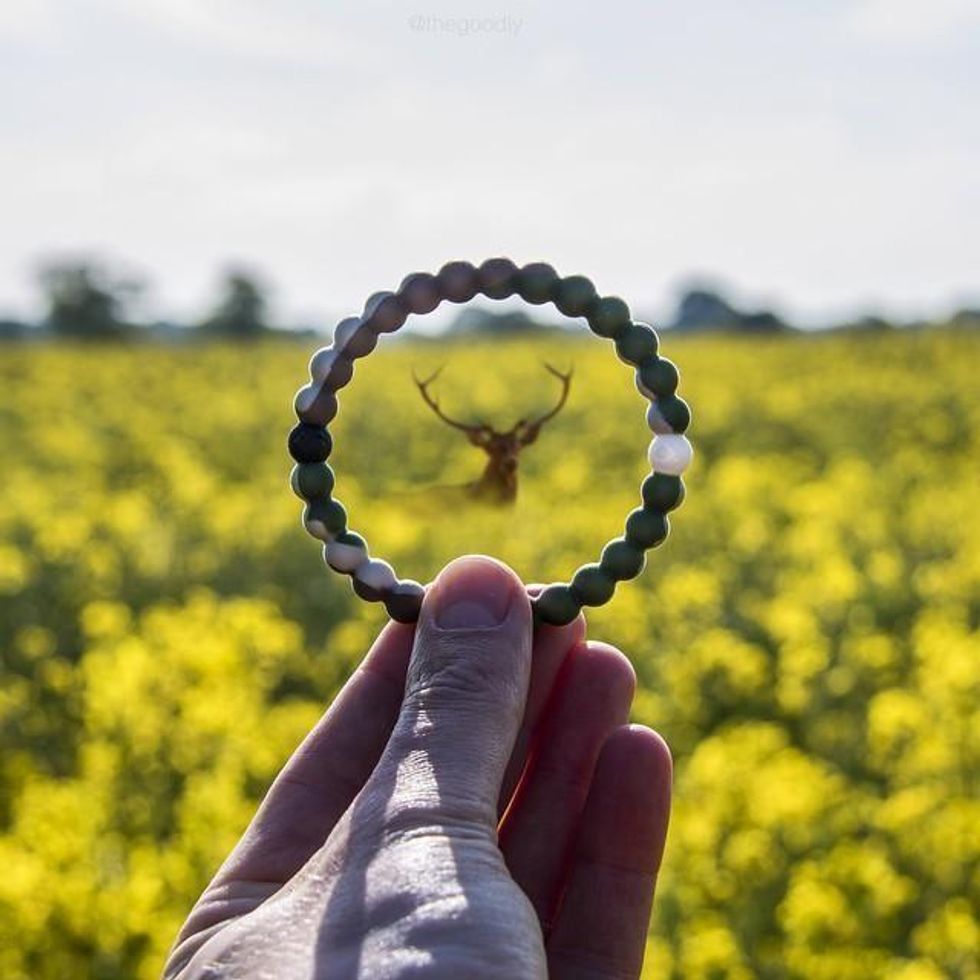The rise of consumers in America and abroad who tossed away $18 on a recent phenomenon known as the “Lokai wild” bracelet, are practically doing our planet a disservice.
This bracelet, described by OK Magazine as “the latest celeb fashion craze,” costs about $4 to produce and manufacture and is being sold at the unnecessary price of $18.00 to its customers, with only a single dollar of the profit being donated to the World Wildlife Foundation. The ignorance of consumers who are simply clamoring to get their hands on the ridiculous product is abundantly clear to anyone paying any measure of attention.
If people really wanted to help the World Wildlife Foundation, they could donate the money themselves.
But what really matters to these consumers is that people know the good deed they are responsible for when they purchase the accessory. With the emergence of the new Lokai bracelet, people are overpaying to acquire a piece of jewelry with such a unique appearance that cannot be missed, thus flaunting its owner’s inherent charitable nature to anyone who lays eyes on it.
I guess I’m not sure when being eco-friendly came into style, but those who endorse the trend are feeding the insatiable nature of folks wanting to promote an impressive self-image rather than actually donating funds to an environmental cause.
This issue exists far outside of the realm of just the Lokai phenom, but it’s also been noted in recent years, what with the commercialization of TOMS shoes, cloth grocery bags, jewelry made by starving children in foreign countries, and many more passing fads that are quickly diminished when they become unfashionable. The issue here is that our ailing environment can’t afford for consumers in bulk to suddenly care about the state of the world when they first purchase their earth-saving piece, and it allows the user to feel like they did a truly noble thing for the world, when in truth, they’ve hardly made a dent in the sustainability initiative. In addition, these people, after having acquired their “Hey, look at how charitable I am” token, are more likely to make actions which disregard environmental consciousness, because they feel as if the grand deed they did when purchasing the piece will make up for any wrong done. If anything, these bracelets and other such merchandise are egging-on poor treatment of the only world we were given.
And maybe I am taking too harsh a stand against the consumers themselves, for the advertisement and corporate initiative of these companies is to blame as well.
The mere commercialization of these products, especially the Lokai, seduce the idea of an environmentally friendly initiative and encourage customers to adopt the tranquil yet adventurous nature of the models captured in their promotional photos. For instance, an entire sector of their website is dedicated to chosen Instagram users featuring the product in their photos, almost all of which are sporting the bracelet while doing something outdoorsy or charitable, and many feature yoga poses. These tend to illustrate the idea of a customer whose association with the bracelet makes them a friend to the ecosystem and a peaceful being. The association with the handsome idea of being environmentally conscious as well as the popular circumstance of being a “yogi” seem to be working in tandem to drawing in revenue for this company and many others.
The real problem, however, is what happens when these things go out of style.
The very moment that the user takes off the bracelet and throws away the shoes, they cease promoting sustainability. In fact, by closer examination, you can see that the user quite frankly terminated their environmental deed the moment after they purchased their piece, for it was a one-time expenditure on a cause that always needs assistance.
And guess what, consumers? The world around you really is in dire need of assistance, and your feeble fashion efforts are why we haven’t seen any progress.















